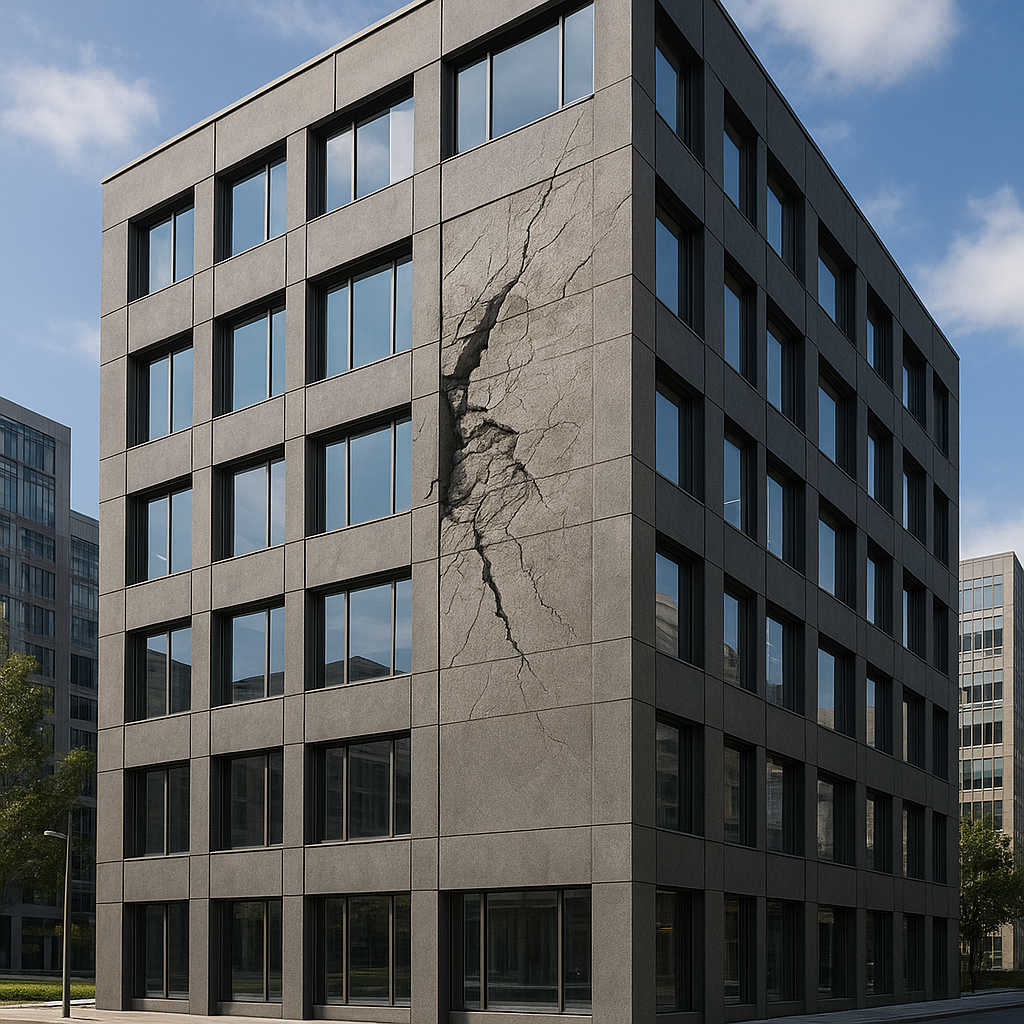Blockchain technology, often associated with cryptocurrencies, is making waves in various industries, including architecture. This revolutionary technology is poised to transform the way architects design, collaborate, and manage projects. By offering a decentralized and secure method of recording transactions and data, blockchain has the potential to address many of the challenges faced by the architecture industry today.
Understanding Blockchain Technology
Before delving into its impact on architecture, it’s essential to understand what blockchain technology entails. At its core, blockchain is a distributed ledger technology that allows data to be stored across a network of computers. This decentralized approach ensures that the data is secure, transparent, and immutable. Each block in the chain contains a list of transactions, and once a block is added, it cannot be altered without the consensus of the network.
Blockchain’s decentralized nature eliminates the need for intermediaries, reducing costs and increasing efficiency. This technology is not limited to financial transactions; it can be applied to any form of data exchange, making it a versatile tool for various industries.
Blockchain in Architectural Design and Collaboration
One of the most significant impacts of blockchain on the architecture industry is in the realm of design and collaboration. Architectural projects often involve multiple stakeholders, including architects, engineers, contractors, and clients. Coordinating and managing these collaborations can be challenging, with issues such as miscommunication, data silos, and lack of transparency often arising.
Blockchain technology can streamline the design process by providing a single source of truth for all project data. With a blockchain-based system, all stakeholders can access the same information, ensuring that everyone is on the same page. This transparency reduces the risk of errors and miscommunication, leading to more efficient project management.
Moreover, blockchain can facilitate smart contracts, which are self-executing contracts with the terms of the agreement directly written into code. These contracts can automate various aspects of the design process, such as payments and approvals, further enhancing efficiency and reducing the potential for disputes.
Enhancing Project Management and Construction
Beyond design, blockchain technology can significantly impact project management and construction. The construction phase of a project is often fraught with challenges, including delays, cost overruns, and quality control issues. Blockchain can address these challenges by providing a transparent and immutable record of all project activities.
For instance, blockchain can be used to track the supply chain of construction materials, ensuring that they meet quality standards and are delivered on time. This traceability can help prevent fraud and ensure compliance with regulations. Additionally, blockchain can be used to monitor the progress of construction activities, providing real-time updates to all stakeholders and enabling more effective decision-making.
Furthermore, blockchain’s ability to facilitate secure and transparent transactions can streamline the payment process. By using smart contracts, payments can be automatically released upon the completion of specific milestones, reducing the risk of payment disputes and ensuring that contractors and suppliers are paid promptly.
Improving Sustainability and Compliance
Sustainability is a growing concern in the architecture industry, with increasing pressure to design and construct buildings that minimize environmental impact. Blockchain technology can play a crucial role in promoting sustainability by providing a transparent and verifiable record of a building’s environmental performance.
For example, blockchain can be used to track and verify the use of sustainable materials and practices throughout the construction process. This information can be shared with clients and regulatory bodies, demonstrating compliance with sustainability standards and enhancing the building’s value.
Additionally, blockchain can facilitate the creation of decentralized energy systems, where buildings can generate and share renewable energy with each other. This peer-to-peer energy trading can reduce reliance on traditional energy sources and promote the use of clean energy.
Challenges and Future Prospects
While blockchain technology offers numerous benefits to the architecture industry, its adoption is not without challenges. One of the primary obstacles is the lack of understanding and awareness of blockchain among industry professionals. Education and training will be essential to ensure that architects and other stakeholders can effectively leverage this technology.
Moreover, the integration of blockchain with existing systems and processes can be complex and costly. Organizations will need to invest in the necessary infrastructure and expertise to implement blockchain solutions successfully.
Despite these challenges, the future prospects of blockchain in the architecture industry are promising. As the technology continues to evolve and mature, it is likely to become an integral part of the architectural landscape. By embracing blockchain, architects can enhance collaboration, improve project management, and promote sustainability, ultimately leading to more innovative and efficient building designs.
In conclusion, blockchain technology has the potential to revolutionize the architecture industry by addressing many of its current challenges. As the industry continues to explore and adopt this technology, it will pave the way for a more transparent, efficient, and sustainable future in architecture.










